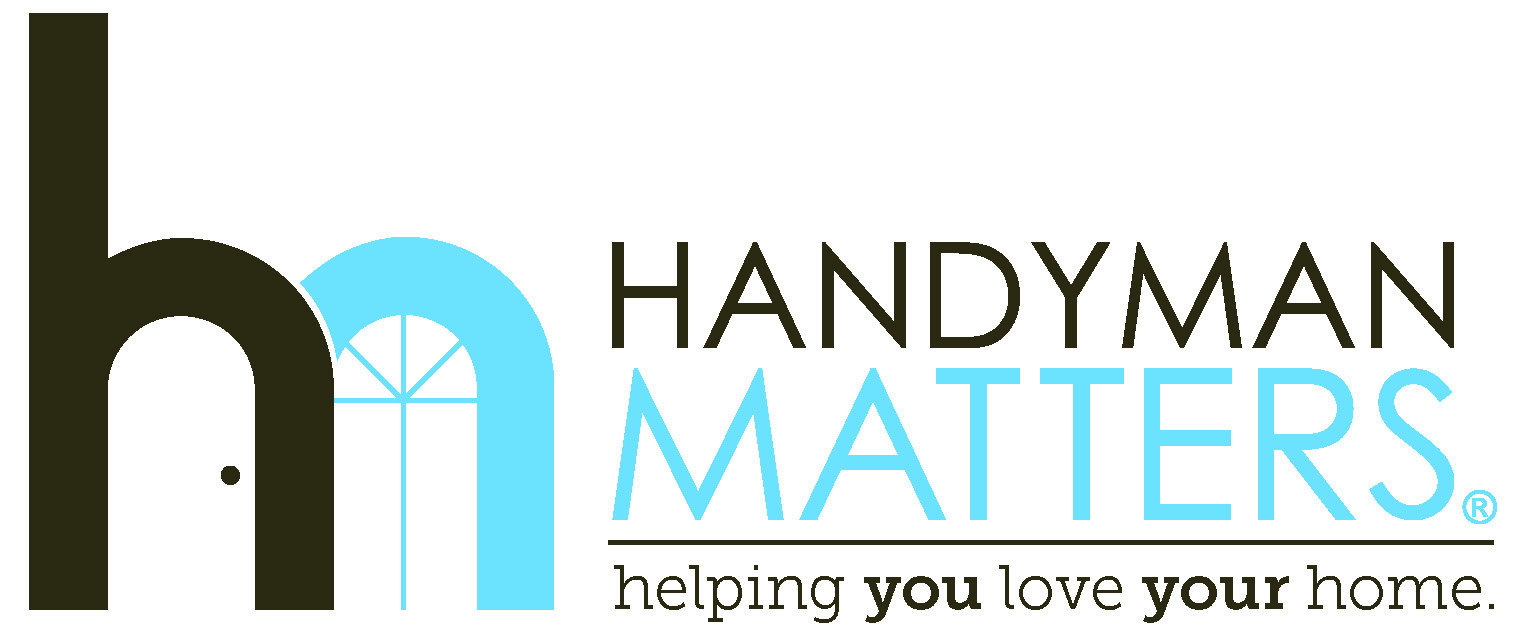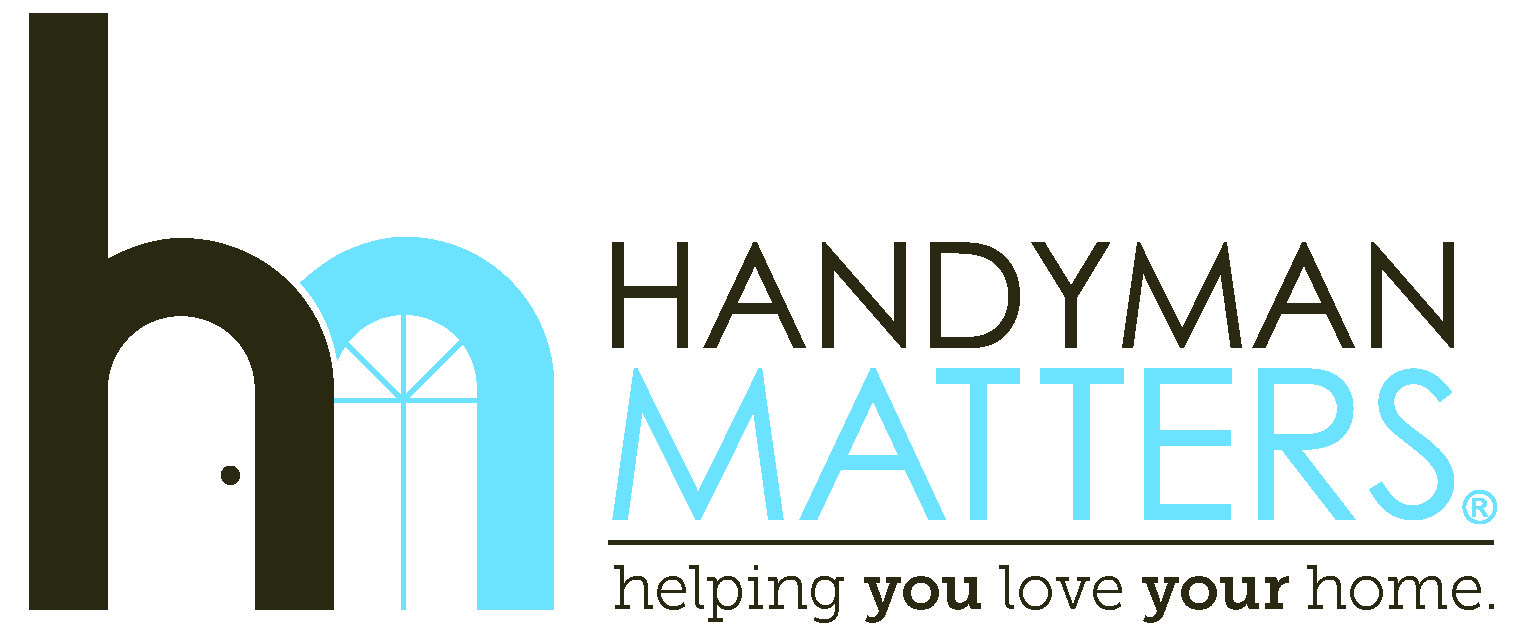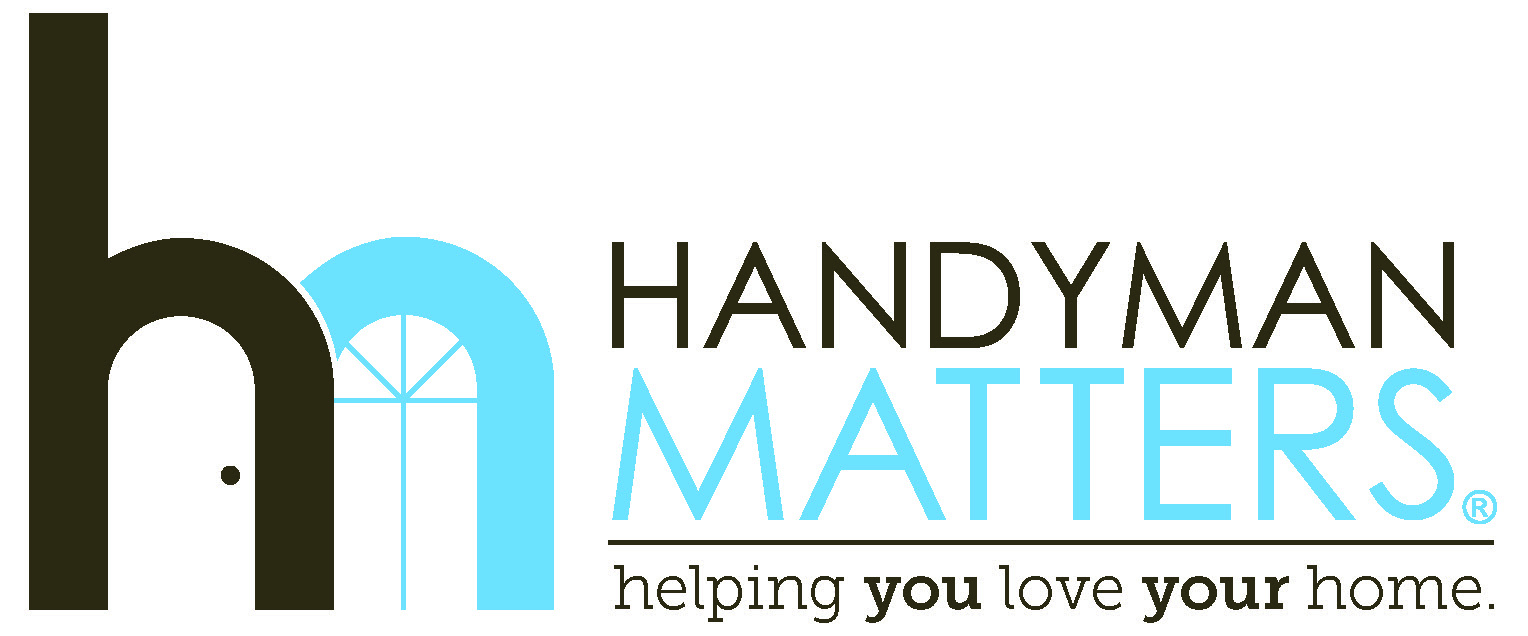Many of us are well more than a month into social distancing and stay-at-home orders. We’re past that first, shocking disruption to our lives and our businesses, and we’re starting to find a rhythm. But I’m noticing that something is still off for many people I talk to.

In the Coffee with the Coach video I recently did with my friend Kay Congdon, strategic HR guru, one of the brilliant things she said is that there is so much that is changing everyday, and we humans aren’t always great with change. Even those of us who are eager for new experiences and love to mix up the way we do things want some level of consistency. We all have routine in our lives, and when our routine gets totally upended like it has recently, we get stressed out. Each of us might express it differently—we might feel depressed or frustrated or scattered or out of control—but what we’re all experiencing is the strain of so much change.
What complicates things is that we aren’t always aware of the routines that we do have, how important they are to our sense of stability and how much they contribute to our productivity. Even if we do suspect that the disruption of routine might be messing us up, we’re not sure what we’re supposed to do about it, given that world remains so volatile. How can we get back to something normal when there is no normal?
#1: Give Yourself the Right Tools
I was on the phone the other day with one of my clients. He sounded pretty down. After more than 20 years of experience working with small business owners and professionals, I know that it’s almost impossible to deal with business if there’s something emotional or personal you need to deal with. Instead of talking about what he was doing in his business, I asked him how he was feeling. What was bugging him?
He was frustrated, he said. He didn’t feel productive, didn’t feel like he was getting done what he needed to get done. Most of what he said focused on those feelings, but one comment jumped out at me: At his office he had a nice, fast computer with big dual monitors, but at home he was working on a older, slower laptop with a small screen.

That might not sound like a big deal, but the very first thing Kay recommends in a recent blog article she wrote for me is Organize your environment for success.
“You need the right tools,” I told my client. “Either run over to your office and bring that computer home, or buy yourself a new one for your home office.”
He didn’t think much of my advice; after all, compared to what’s going on in the world, it seems a little silly to get worked up over not having a big enough computer screen. A couple of days later, though, I got a text from him. He had ordered a new computer for home, and he was feeling better. Having the right tool enabled him to work faster and be more productive—which made him feel like he was making a difference for his clients and his employees. It gave him back some of that sense of control we have all lost.
Whether you’re working at home or are still in the office, look around at your setup. See if you can identify things that slow you down or that don’t work. My own coach recently suggested that I clear my desk of anything that I’m not currently working on. I’m a pile person, so I had at least five piles on my desk that didn’t need to be there. I moved them into my office closet and was amazed at how just that simple thing eliminated so much distracting energy.
If you’re working from home for the first time, it can be easy for things to get messy. Designing a system of organization keeps your physical and your mental space in order.
Speaking of systems of organization, a schedule is an important part of our sense of routine and control. When your schedule was completely upended a few weeks ago, what did you do? Do you dig in and try to maintain your schedule as best you could, or did you toss it out the window? Either way, you might have found yourself frustrated: Your old schedule probably isn’t well-suited for the current times, and if you ditched it you’re probably feeling adrift and routine-less just when you need all the control you can get.
The solution is a middle road: a new schedule that takes your new circumstances into consideration but also helps you put some structure around your days. If you’re used to a fixed schedule, you may find that you need to be more flexible, especially as you work around the schedules of others—at work and in your household—that are also in constant flux.
#2: Build Your Home Team
We’re all used to working with others: We all have some mix of employees, contractors, clients, colleagues, suppliers and networking partners. We know what it’s like to work around others’ schedules. We’re also used to navigating family schedules, but this crisis has created a situation that many of us have little or no experience with: working from home with a spouse or partner who is also working from home, while parenting and homeschooling children.
People with retired partners have long dealt with something similar—and we’ve all heard the jokes about how challenging that can be. Throw in worries about health and the economy, the loss of the activities that kept everyone busy and out of each other’s hair, plus everyone needing the wifi and quiet space for meetings and online learning—all on different schedules—and you’ve got a recipe for serious conflict.
Or a recipe for serious bonding and success.
You’re all in this together—in the trenches, so to speak—so really be in this all together. Don’t let your household become a reenactment of Lord of the Flies. Sit down together for a family meeting where you can lay out everyone’s needs and priorities. Be patient. Set boundaries, but be realistic: There are going to be times when needs and priorities conflict and you’ll have to work around each other. Compromise and respect are the words of the day.
If you haven’t read my blog article about the way my assistant Tessa and her family does meetings, it’s got some great ideas for establishing and running family meetings. One family I know has daily meetings based on the stand ups used by agile software developers. These are short and sweet—no longer than 15 minutes—and they’re very focused: Each member briefly describes what they accomplished the day before, what they plan on accomplishing today and any challenges they need help with.

Older kids will get a clearer picture of what it is you spend your time doing at work, and I suspect you’ll learn more about what makes them tick. Younger kids can get in on the act by making Do Not Disturb signs to warn others that meetings or lessons are in progress; if they’ve made the sign, they’re more likely to abide by it.
Don’t be all business, though; this is your family, after all. When I talk about block scheduling, I always remind people to schedule in time for life. Talk a walk together or throw a frisbee in the yard. Blow bubbles (yes, even with teenagers!). Draw pictures and write encouraging messages in chalk on your driveway. Make signs thanking the mail and package deliverers and the workers still picking up your trash and recycling. Have Zoom calls with grandparents, aunts and uncles and family friends. Dust off those old board games or learn a new one.
It might be tough going at first, but this is an opportunity to pull together and become a stronger, more tightknit family team.
#3: Take Time for Yourself
I know, I know. I’ve heard the stories about people sitting in closets to have a work meeting because their house is so packed and noisy. That noise isn’t just in your house, by the way; it’s in your head, too. You’re worried and stressed; it’s hard to see what the future holds, what new change is around the bend. It’s a struggle to separate work from home from school from parenting. You may feel like you don’t have the time, space or even the energy to do something for yourself.
I get it, but I think it’s more important than ever to find the time, space and energy to step away and regroup, not just for yourself but for your family and coworkers. It’s like what the flight attendant is always telling you: Put your oxygen mask on yourself before helping someone else put theirs on. We can’t do what we need to do when we’re overwhelmed and exhausted.

Obviously, I’m not talking about taking a spa day right now. Between working at home and social distancing, we have to be more creative about how we recharge. I like to start my morning with a cup of coffee and a devotional reading, something that gets me in the right frame of mind for the day. An IT developer I know leaves the room she’s working in when she wants to read the news; even though she works all day on a computer and will read the news electronically, removing herself from that work environment while she catches up on current events gives her that little bit of space she needs. She also makes sure she turns off her computer when her workday is done, so she’s not tempted to “just check in” with work in the evening instead of spending time with her family.
One of my clients has found his space in walking his dog. He was reluctant to take the time from work, but what he has found is that getting some fresh air and moving around energizes not just his body but also his brain. On his walks he has come up with several fresh ideas and solutions to problems that had stumped him.
Whether it’s having a happy hour by yourself in the afternoon or with friends on Zoom, taking a drive in your car to get a change of scenery or even sitting in your car in the driveway to listen to some music, try to find a few minutes a day to do something for yourself so that you can keep yourself strong, resilient and creative. Encourage others in your household to do it, too. You’ll all be better for it.
What’s Stopping You?
I mentioned earlier that my client with the slow, small-screened computer was skeptical that getting the right tool would help him feel better and be more productive. He’s not alone. It’s been interesting how many people have first resisted these suggestions but then later called to thank me and tell me what a difference they’ve made in their lives.
Why the resistance? The same way we might not realize we need a routine until it’s gone, there may be a part of us that is afraid, deep down, that making these adjustments means we’re accepting these current circumstances as a new normal. We don’t want to accept something we don’t like.
The fact is, even though this level of change has been unusual and shocking, change is an inevitable and constant part of life. One of the women I work with said her grandmother was fond of saying, “This too shall pass.” It annoyed her when she was little, but it can help knowing that nothing is permanent. We will get through this, like we get through everything else. That’s what human beings do: We dislike change, but we always meet our challenges, solve our problems, explore and adapt.
Creating a new routine isn’t on as grand a scale as going to the moon, shrinking computers into something that fits in a pocket or curing disease, but it’s the tool we need now. Create a new routine that works for you and your family, and you’ll be ready for the change coming tomorrow.




































































